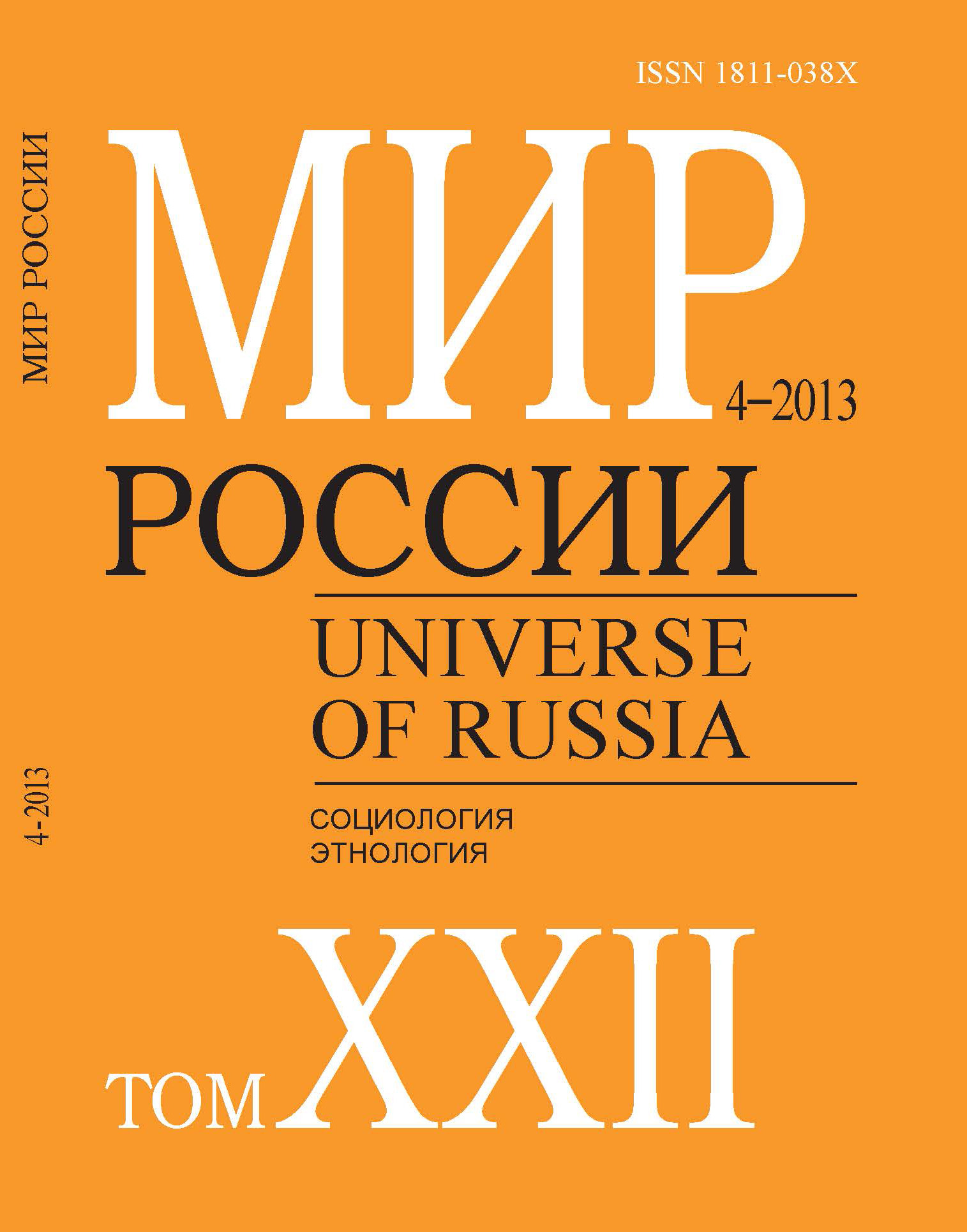Single Motherhood in Russia: Statistical and Demographic Analysis of its Prevalence and Formation Patterns
Abstract
Sergey Zakharov — Vice Chair, Institute for Demography, National Research University “Higher School of Economics”. Address: 40, Myasnitskaya St., Moscow, 101000, Russian Federation. E-mail: szakharov@hse.ru
Elena Churilova — Post-Graduate Student, National Research University “Higher School of Economics”. Address: 40, Myasnitskaya St., Moscow, 101000, Russian Federation. E-mail: echurilova@hse.ru
Based on reliable sources of statistical information and its quantitative analysis, the authors address the following questions: what is the real prevalence of single motherhood in Russia considering different modes of defining the phenomenon; to what extent do the socio-demographic characteristics of women raising children in single parent and two-parent families differ; what is the probability that women with children will transition from one partnership status to another; and whether the average duration of parenting children in single-mother families has increased or decreased over the last decades.
The paper uses data from population censuses, extensive vital statistics, as well as data from two waves of a large sample survey, “Parents and children, men and women in family and society,” performed in the framework of the UNECE “Generations and Gender” comparative research program.
Although single-mother families are significantly present in the structure of Russian families, our analysis does not confirm the widespread opinion that the number of single parent families in Russia is growing. The proportion of single mothers varies from 12% to 21% and the proportion of children under 18 years of age living in single parent families varies from 10% to 25% depending on the definition used. On the whole, the social and demographic characteristics of single mothers and mothers bringing up children in unions do not differ significantly. However, single mothers share certain characteristics: more experience of changing partners, fewer numbers of children ever born, early orphanhood, diversity of values regarding family and children’s education, and greater economic vulnerability. Nonetheless, single motherhood is a temporary condition for a considerable number of women, a stage in the establishment of a two-parent family. The dynamism of single motherhood directly influences the conditions in which children are socialized within the family. The average duration of living in a single-parent family has decreased for children who were born in single parent families, and has increased for children who were born in two-parent families. The data confirm the growing instability of mothers’ marital/partnership status in both types of families. At the same time, over the last decades, a child’s overall probability and average duration of living in a two-parent family with someone other than the biological father have increased over the last decades, which may be assumed to entail a specific type of parenting and upbringing.






